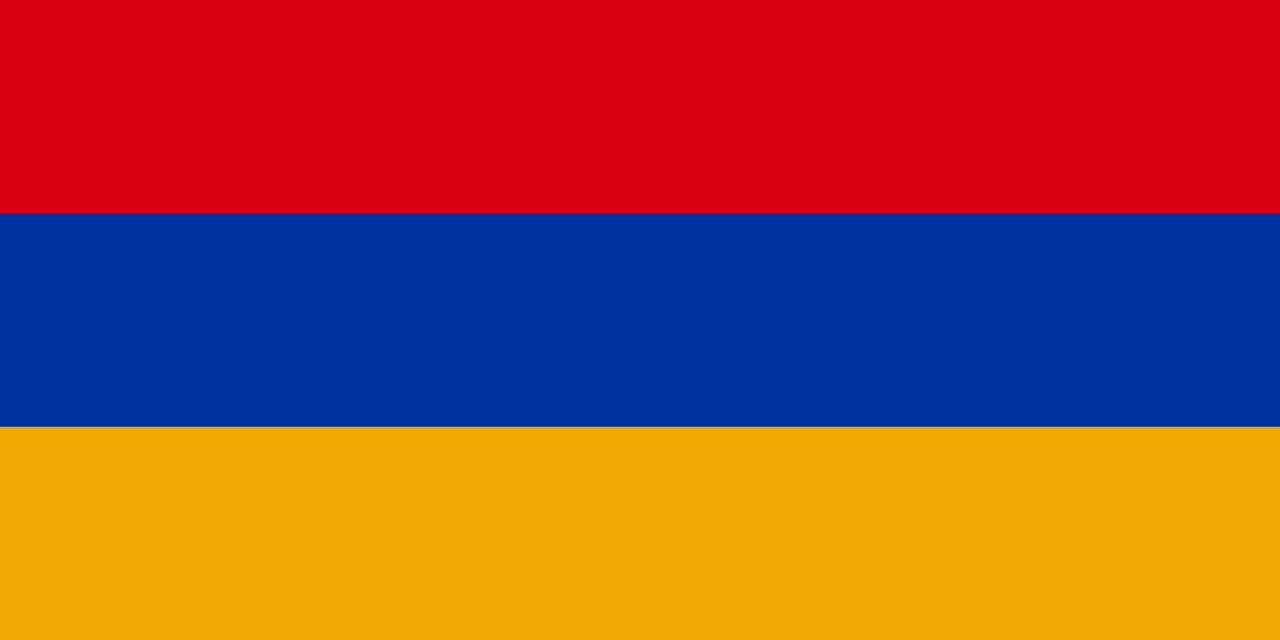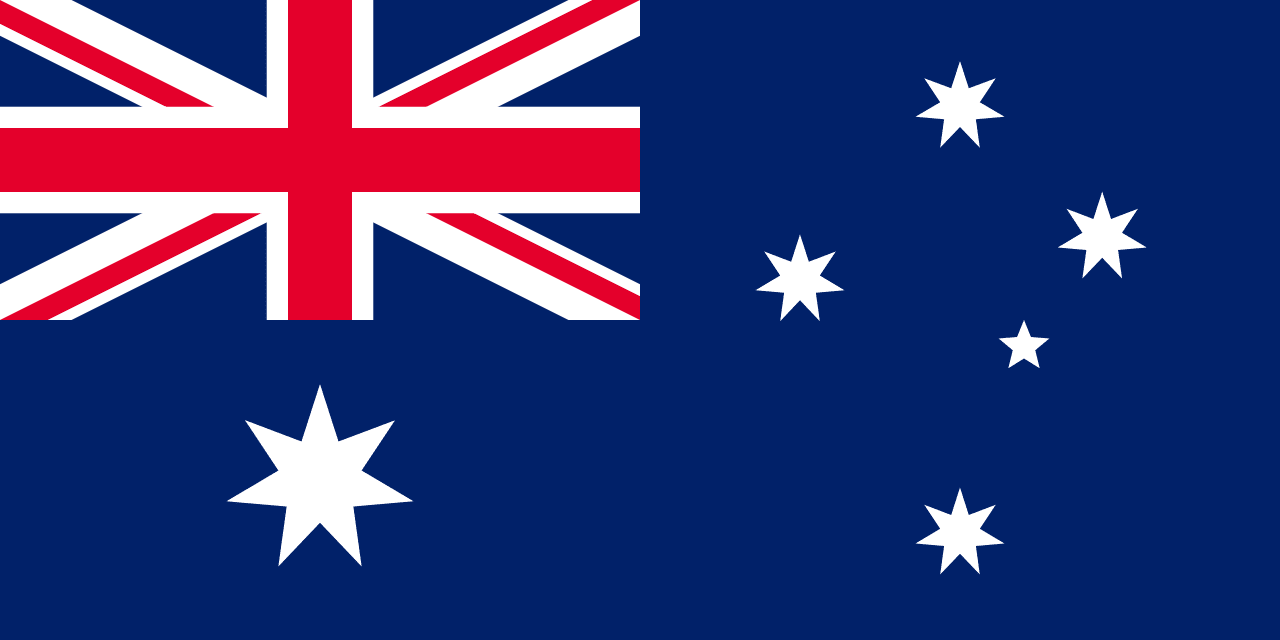The flag of Austria consists of three equal horizontal bands of red, white, and red. This simple yet striking design has represented Austria for centuries, embodying the nation's rich history, cultural heritage, and enduring spirit.
Austria information
| National Flag Day | October 26th |
| Sovereign state | Yes |
| Official name | Republic of Austria |
| Capital | Vienna |
| Population | 8,935,129 |
| Area | 83,859 km² |
| Currency | Euro (EUR) |
| Language | German |
| Continent | Europe |
| Region | Central Europe |
| Subregion | — |
| Borders | Czech Republic, Germany, Hungary, Italy, Liechtenstein, Slovakia, Slovenia, Switzerland |
| Timezone | Central European Time (CET) UTC+1 |
| Calling code | +43 |
| Top-level domain | .at |
History and Evolution of the Austrian Flag
 The flag was officially adopted on May 1, 1945, as the national flag of Austria following World War II. However, its design dates back much further, with historical records suggesting its use since the 12th century. The tricolor pattern first appeared on the coat of arms of the Babenberg dynasty, who ruled Austria from 976 to 1246.
The flag was officially adopted on May 1, 1945, as the national flag of Austria following World War II. However, its design dates back much further, with historical records suggesting its use since the 12th century. The tricolor pattern first appeared on the coat of arms of the Babenberg dynasty, who ruled Austria from 976 to 1246.
Throughout Austria's history, the flag has remained remarkably consistent. It briefly fell out of use during the Austro-Hungarian Empire (1867-1918) and again during the Anschluss with Nazi Germany (1938-1945). However, its swift readoption after these periods underscores its deep-rooted significance to Austrian identity.
Legend and Symbolism of the Austrian Flag
A compelling legend surrounds the origin of the Austrian flag's design. According to this tale, it dates back to the Third Crusade (1189-1192). Duke Leopold V of Austria was said to have fought so valiantly that his white tunic became completely soaked in blood. When he removed his wide belt, a clean white stripe was revealed, creating the iconic red-white-red pattern.
While this legend adds a romantic touch to the flag's history, the true symbolism is equally powerful. The red stripes are said to represent the bloodshed and valor of the Austrian people throughout their history. The white band symbolizes the Danube River, which has played a crucial role in Austria's geography and economy.
Usage and Significance of the Austrian Flag
 The flag of Austria is a potent symbol of national pride and unity. It is prominently displayed on government buildings, schools, and public institutions. During national holidays, particularly Austrian National Day on October 26th, the flag takes center stage in celebrations across the country.
The flag of Austria is a potent symbol of national pride and unity. It is prominently displayed on government buildings, schools, and public institutions. During national holidays, particularly Austrian National Day on October 26th, the flag takes center stage in celebrations across the country.
In international contexts, the Austrian flag represents the nation at diplomatic events, United Nations gatherings, and global sporting competitions. It serves as a visual ambassador, instantly recognizable and respected worldwide.
Interesting Facts About the Austrian Flag
- The Austrian flag is one of the oldest national flags in the world, with its design dating back to medieval times. This longevity speaks to the enduring nature of Austrian identity.
- The flag's design inspired several other national flags, including those of Latvia and Peru, highlighting its influence on global vexillology.
- Austria's naval ensign features the national flag with a shield and eagle emblem at its center, adding complexity to the basic design for maritime use.
- During the Habsburg Monarchy, the black and gold imperial colors were used alongside the red-white-red, creating a unique dual identity that persisted until the empire's dissolution.
- The flag's colors are so integral to Austrian identity that they're often used in branding and marketing to denote authentically Austrian products and services.





